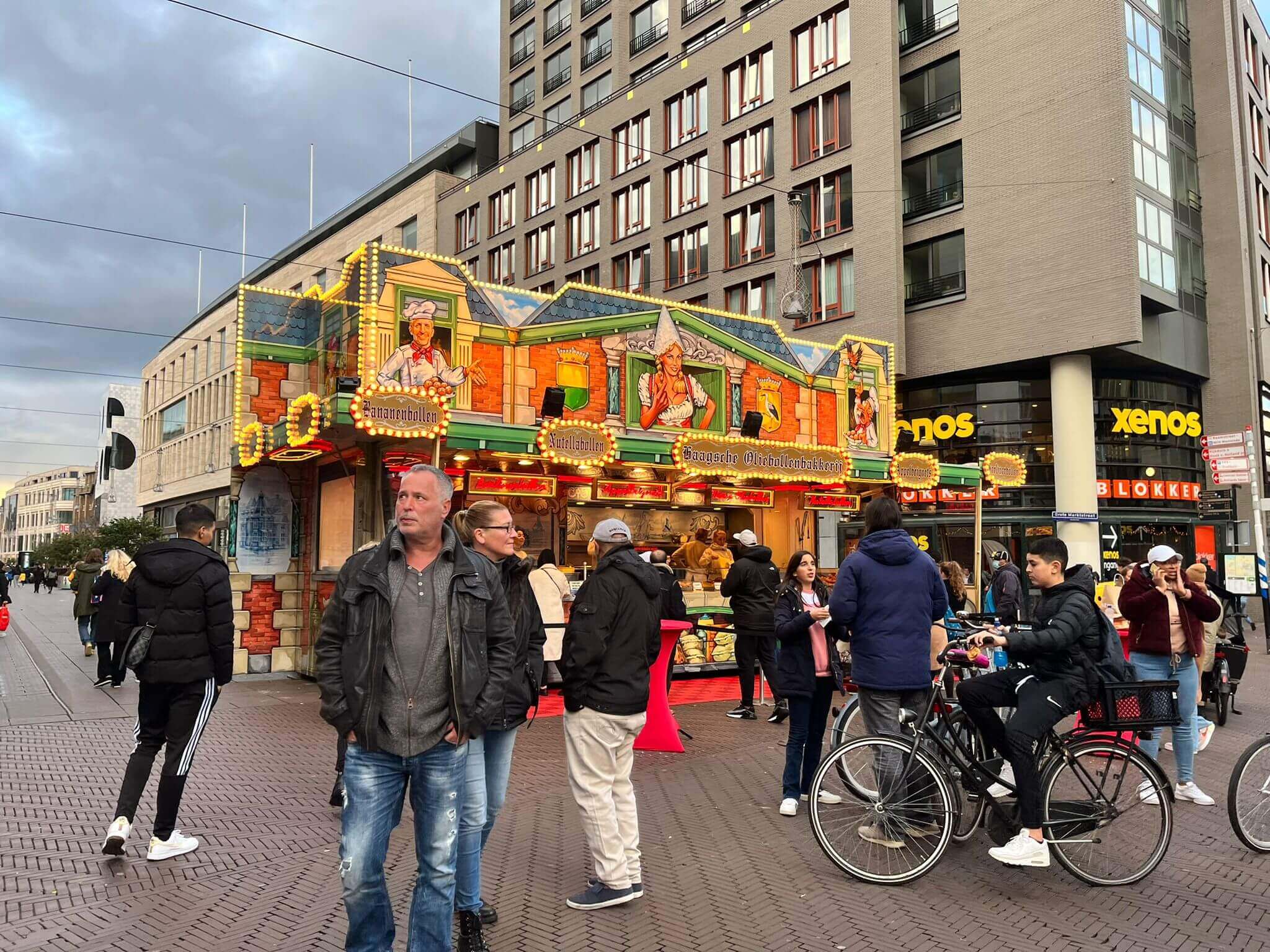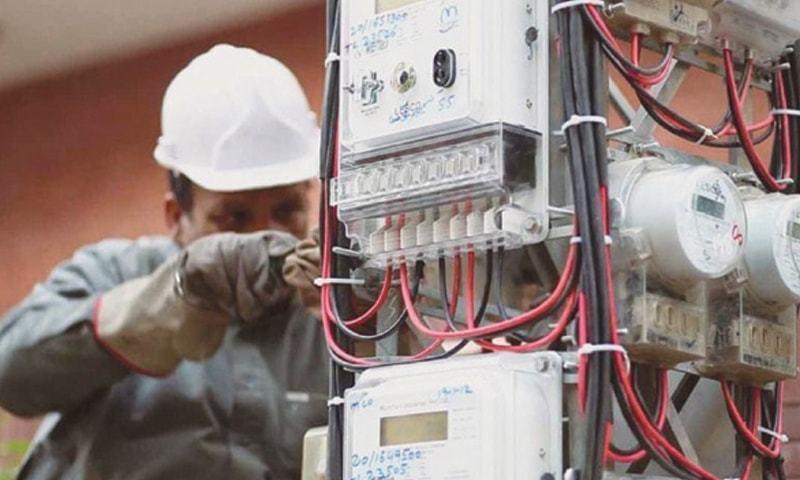Oliebollen are a traditional Dutch holiday food served around New Year’s from food stands and bakeries across the country.
Oliebollen are a traditional Dutch delicacy eaten during winter.
Oliebollen, literally translated as ‘Oil Balls’ are also known as Dutch Doughnuts. They are some sort of deep fried fluffy bread filled or not with raisins in the shape of balls.

It is a custom for Dutch to have oliebollen on New Year’s eve, which explains the extra long queues at most of the oliebollen mobile stalls setup on various spots around the city.
Oliebollen are a traditional Dutch holiday food served around New Year’s from food stands and bakeries across the country. They are made by dropping a spoonful or two of dough into hot oil. The dough is usually quite simple consisting of only flour, egg, yeast, milk, baking powder and some salt, and sometimes with currants or raisins.

The photos and video shows an oliebollen stall next to Ekoplaza, an organic supermarket on the corner of Spui (Centrum) on November 3, 2021.(Photos and Video by Pranita Deshpande)
The origin of oliebollen is not entirely clear. According to some, they were first eaten by Germanic tribes in Belgium and the Netherlands during the Yule festival. It has also been speculated that they were introduced to the Netherlands in the 15th century by Portuguese Sephardic Jewish immigrants.

The food is said to be akin to the Jewish sufganiyah traditionally eaten on Hanukkah.(Sufganiyah is a round jelly doughnut eaten in Israel and around the world on the Jewish festival of Hanukkah. )
Especially this year too more booths are popping up across the Netherlands because other activities were scrapped due to coronavirus restrictions.














